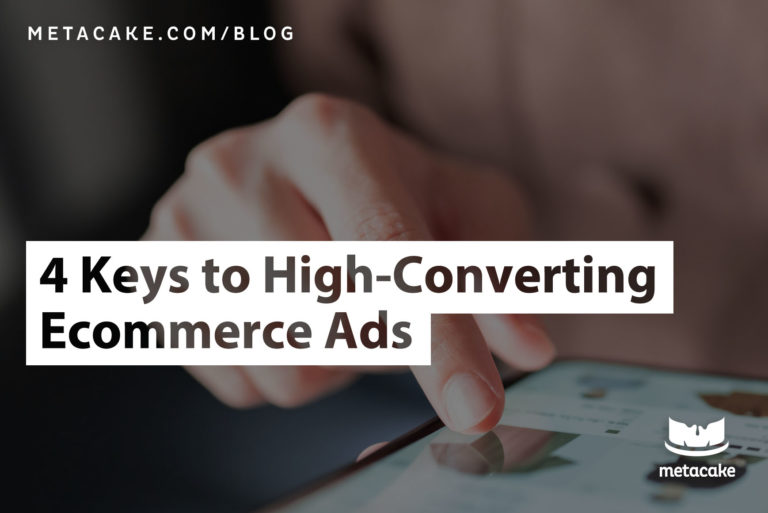The perceived ease of running advertising for ecommerce brands has caused many business owners and marketers to lose sight of the core principles that make marketing effective. As ad platforms have become more accessible, it’s tempting to think less about the ad itself and rely more on the latest optimization hacks to try to drive sales.
The thing is, even if ad “hacks” do work, they don’t last for long. Ad platforms and their algorithms are always changing, and as soon as they do, the trick you learned from a guru will stop working.
To build a healthy ecommerce business and stable marketing channels to support it, you need to know how to write ads that can convert visitors into customers in any channel.
If you can learn this skill and get your ads dialed in, you can achieve longer-term business stability and less vulnerability to ever-changing ad platforms. In this article, we’re going to walk through a simple, 4-part checklist that can help increase the effectiveness of every ad you run on any platform.
The IOTA Formula for More Effective Ads
We won’t get into the nuts and bolts of copywriting in this post, but rather the guiding principles of what makes an ad “work”.
There are four qualities that make a great ad, which can be remembered with the acronym IOTA:
Interruption
Offer
Trust-Building
Action
Let’s go through each of these in detail and pull in examples to illustrate.
Interruption
Your ad creative and copy must be interesting enough to interrupt the user’s current task or activity, which is not an easy task. On social media, users mindlessly scroll through an endless feed that for the most part all looks and sounds the same. On YouTube, users are waiting to watch a video they actually want to see, and they usually have the ability to skip your ad after a few seconds. In both scenarios, your ad needs to be an interesting pattern interruption in order to grab their attention.
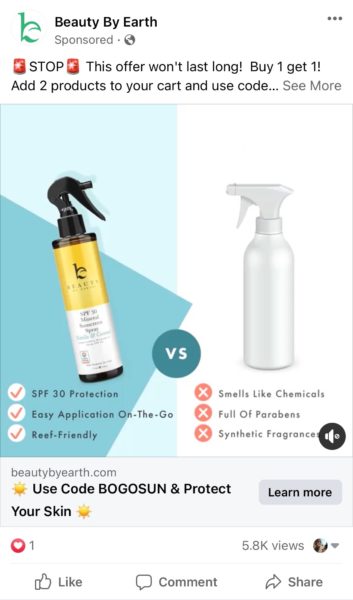
Offer
Whatever you are offering in the ad needs to be clear, punchy, and compelling. Rather than talk about your brand or product, opt to sell the result. This will be more interesting and relevant for your potential customers. Connect with them based on a pain point they have and use that opportunity to describe how their life will look, feel, or even improve with your product in it.
You should also run variations of your ads that present different angles to your offer. There are three different ways to sell: emotion, logic, or urgency (time). Present your product offering in these different lights and test which converts the best for your audience.
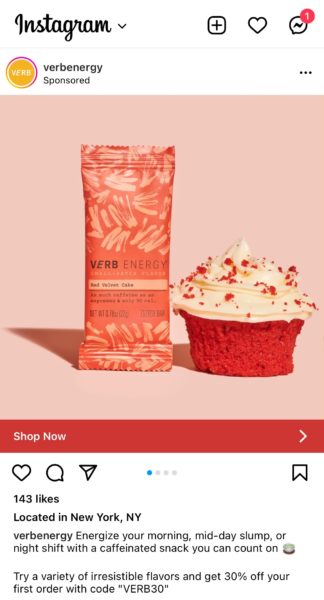
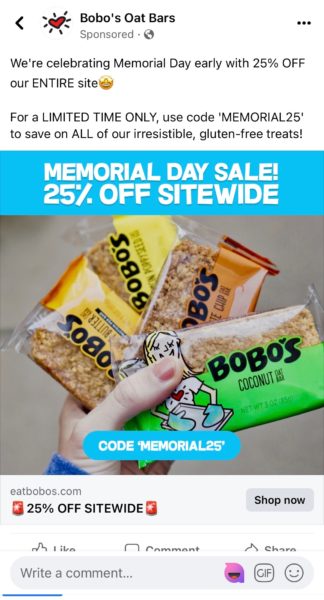
Trust-Building
Before you win a purchase from a new customer, you have to earn their trust. That is the foundational goal of any ads you run, as well as much of the content on your website. Gaining that trust helps “de-risk” the sale, lowering the barrier to purchase. With that in mind, do that right out of the gate in your ads. Two of the most effective ways to do this are including customer reviews in your ads or a mention of an amazing warranty or guarantee. These mentions can help build enough trust to get someone to your website and be willing to explore one step further.

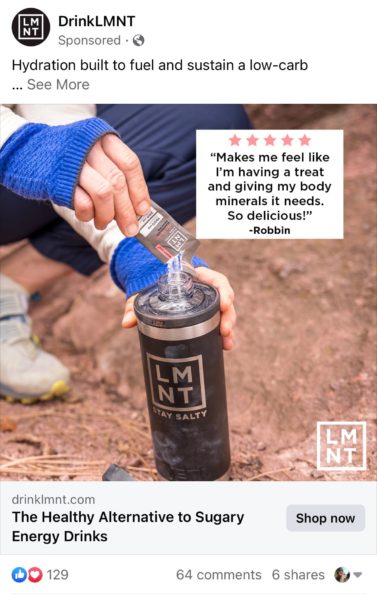
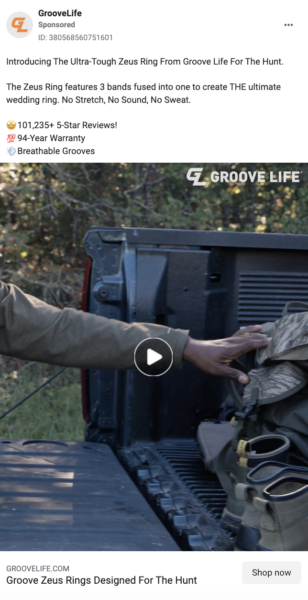
Action
Lastly, always give your customers a clear action to take. This obviously can be a purchase but does not have to be, especially for cold traffic. Other actions could be simply clicking to learn more, watching a video, or commenting in response to a conversation starter in the ad. A strong call-to-action prompts the next step, encouraging them to engage before continuing to scroll.
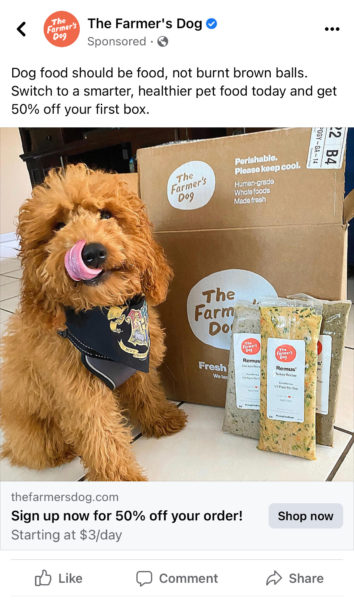
Ready to Rethink the Way You Create Ads?
Next time you’re planning a campaign for a product launch, brand awareness, or promotion, keep these four principles in mind for advertising on any platform. While we are fortunate to live and work in a time with smart technology and impressive algorithms in our marketing channels, we can’t rely on this to make our ads “work”. The basics of effective advertising still apply.
If you’re looking for guidance on applying these principles as you write effective ad copy, check out our post How to Write Magnetic Ads People Actually Click!
